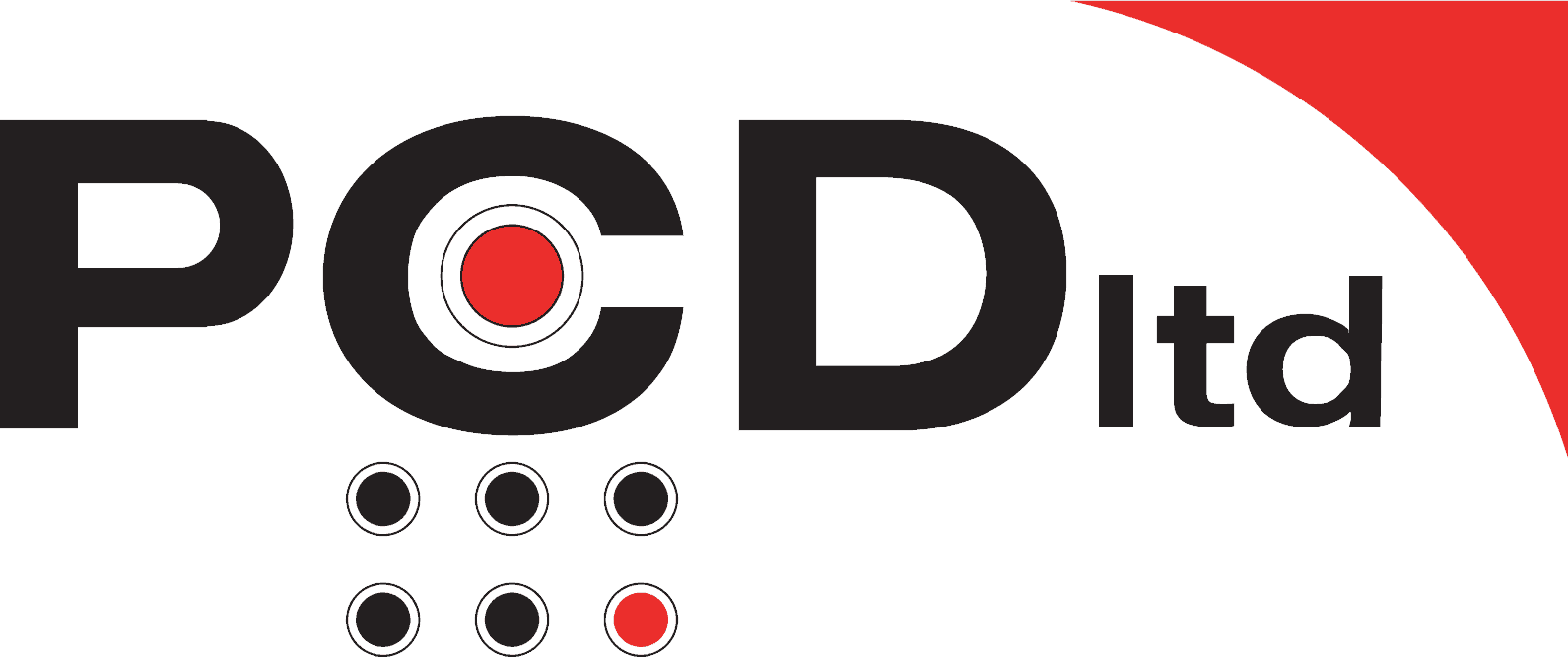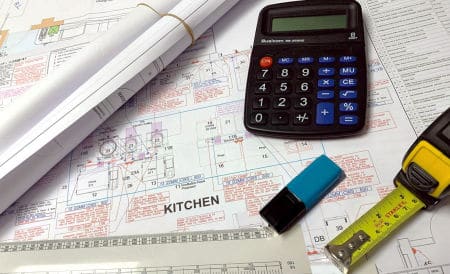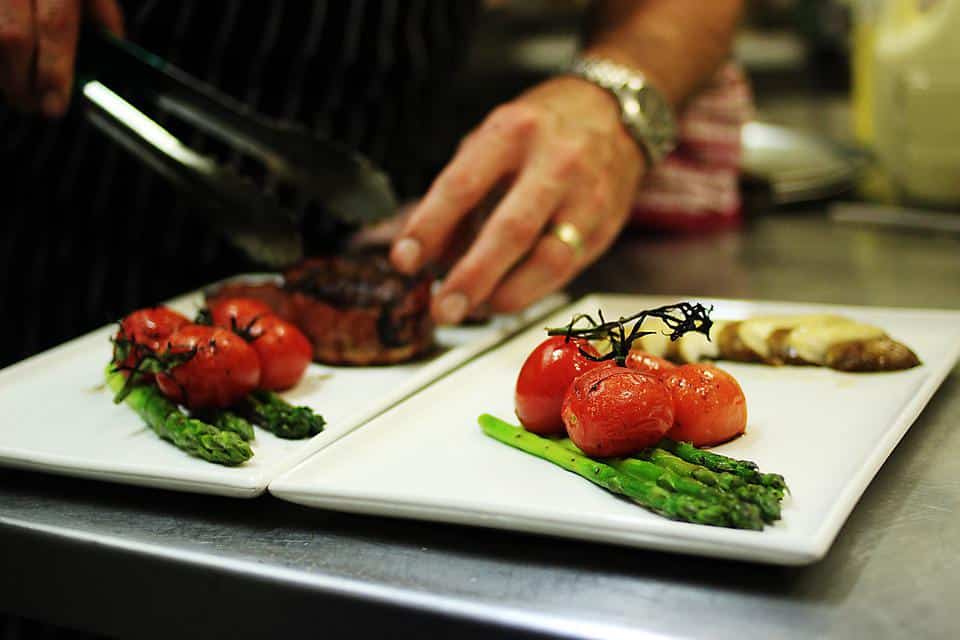
Excessive energy consumption is one of the major difficulties faced by catering companies, resulting in higher running costs and reduced profitability.
Many restaurants continue using inefficient natural gas or electric resistance steam-based equipment for cooking and keeping meals warm, wasting huge amounts of energy every day.
When it comes to energy consumption, restaurant equipment plays a crucial role. The increasing affordability of induction is greatly increasing their popularity instead of traditional gas and electric ovens.
An induction hob cooks food using an electromagnetic field within the pot or pan, instead of radiant heat commonly used by standard electric and gas stoves. The hob consists of a ceramic plate with an electromagnetic coil underneath it. When you turn it on, electric current flows through the coil, creating a magnetic field that induces an electrical current in the induction compatible metal vessel, causing it to heat up.
One of the primary advantages of an induction hob is reduced ambient temperature in the kitchen. The cooking surface only warms up when a pot or pan is placed on it, rather than needing to keep the equipment hot and ready all the time during busy service hours. Since there is no additional heat emitted from around the edges of the pan, the hob only produces the exact amount of heat required for a particular pan size.
Induction hobs are markedly faster than traditional units. There’s no need for the hob to heat up before passing the heat onto the surface of the pan (and thereafter waiting for the pan to heat up). As a result, food preparation takes less time, and more customers can be served.
One of the intrinsic benefits of induction cooking is safety. A pan detection system embedded into induction hobs detects when a pan is in place, eliminating the risk of leaving the heat on after the cooking process is complete.
Another benefit of induction hobs is significantly reduced cleaning time. An induction hob’s flat glass surface eliminates the need to clean minor cracks and crevices. Moreover, there is no extra heat surrounding the pan, so excess leakage will not stick to the burner.
Induction cooktop technology has advanced considerably in recent years, making induction hobs more reasonably priced than in the past, bringing their price closer to traditional ovens.
Prospect Catering Design Ltd will help you select and install an induction hob that best suits the size of your kitchen and your restaurant’s capacity helping you save energy, money and helping the environment.



